A bean sprout production facility is located in a residential area in Hac Thanh ward.
Located deep in a small alley in a densely populated residential area in Hac Thanh ward, Mr. NVH’s family’s tofu production facility has existed for more than 5 years. From the outside, the facility is just a small, damp and cramped house with a Fibro cement roof, but inside is a whole “workshop” producing handmade tofu with old, rusty tools and lacking food hygiene and safety.
Tofu production usually starts at midnight. Soaked soybeans are ground, boiled, squeezed, and pressed into bean cakes. This process uses a lot of water, creating a large amount of wastewater from soaking water, washing water, skimming water, etc. However, all wastewater is discharged directly into the drainage ditch in front of the house without going through any treatment system. The ditches around the facility smell sour and become a breeding ground for flies and mosquitoes.
What is more worrying is that production equipment such as cooking pots, molds, buckets... are all rusted and not cleaned regularly. Cloth towels used to filter beans are hung on lines, exposed to the sun without cover. The facility does not have a dust cover system or a tight roof, making the products susceptible to dust and insects.
In Nam Son 2 residential group, Ham Rong ward, a wood factory has existed for many years in the middle of a crowded residential area, becoming a nightmare for the surrounding residents. The factory is located between houses close together, operating continuously from early morning to late at night, causing noise, wood dust and a strong chemical smell.
Every time the saw or planer operates, fine wood dust flies everywhere, covering the yard, sticking to clothes and furniture. The air is thick with the smell of glue and PU paint, making many people feel dizzy. On hot days or when the wind is strong, the whole neighborhood seems to be submerged in a thick layer of dust, making it difficult to breathe.
Mr. Le Van K., a resident living next to the factory, could not hide his anger: “For more than ten years, my house has had to be closed all year round. My daughter has chronic respiratory infections, and the doctor said the cause may be related to the environment polluted with fine dust. My family has also repeatedly complained to the factory owner but to no avail.”
In addition to dust and chemical odors, another worrying issue is the large amount of sawdust, wood chips, and leftover paint piled up right behind the factory, without proper collection and disposal measures. In prolonged hot weather, these flammable materials become a potential hazard, threatening the fire safety of the entire residential area. The lives of people around the factory are not only affected by pollution but are also in a constant state of insecurity.
According to a report compiled from functional sectors and localities, the whole province currently has more than 800 production and business establishments operating right in the heart of urban areas or interspersed with residential areas. Of these, about 700 establishments (accounting for nearly 85%) have not invested in waste treatment systems, or have invested but the equipment does not meet standards, and are operated irregularly, leading to the situation of waste, emissions, and noise being freely dispersed, directly affecting the lives and health of people. Common types on the list of polluting include livestock and poultry farming; wood and mechanical manufacturing; stone processing; vermicelli, tofu, and bean sprout production; scrap recycling... These are all specific industries that generate a lot of solid waste, toxic emissions, and noise.
A lumber mill on Le Thanh Tong Street.
Faced with the above situation, at the end of April 2024, the Provincial People's Committee issued the Project "Relocating polluting production facilities out of urban and residential areas in the province by 2030". According to the project, by 2025, the entire province will complete the classification and assessment of the pollution level of the facilities. On that basis, each locality will develop a specific plan, or relocate, or convert industries, reduce production scale, or even stop operations if they do not meet environmental conditions. In the 2026-2027 period, 110 facilities will be relocated and the waste treatment system at 25 facilities will be renovated and completed. From 2028-2030, the remaining 565 facilities will be completely handled...
The urbanization process is taking place more and more strongly, allowing outdated production facilities, lacking environmental treatment systems to exist in residential areas not only causes pollution but also goes against the goal of sustainable development. The project to relocate polluting facilities out of urban and residential areas that the province is implementing is the right direction, demonstrating the determination to improve the living environment and enhance urban quality.
For the project to truly come to life and achieve the expected results, it is necessary to have synchronous and drastic participation from authorities at all levels, close coordination between functional sectors and especially the consensus of the people. Along with that, transparency in planning, appropriate land allocation, construction of concentrated industrial clusters, policies to support career conversion, vocational training... also need to be implemented methodically. Because economic development cannot be traded for quality of life, especially when the price to pay is the erosion of health and life of the whole community.
Article and photos: Truong Giang
Source: https://baothanhhoa.vn/co-so-san-xuat-xen-lan-khu-dan-cu-loi-it-hai-nhieu-256535.htm


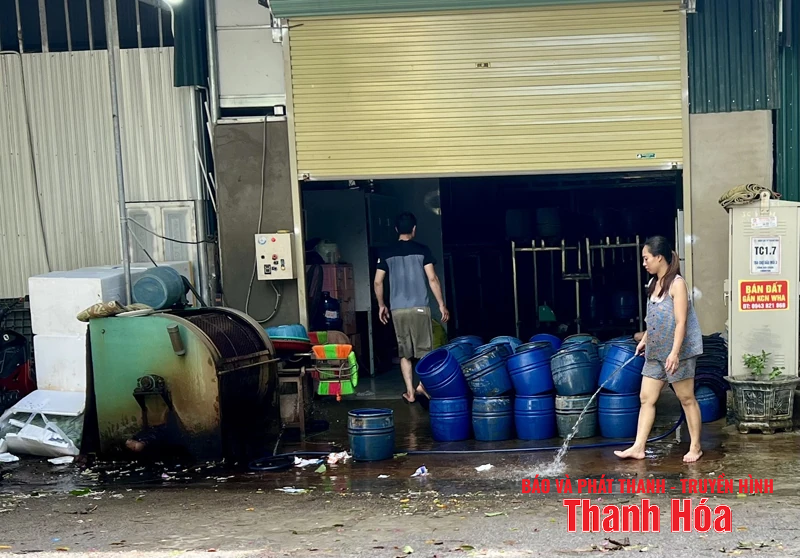
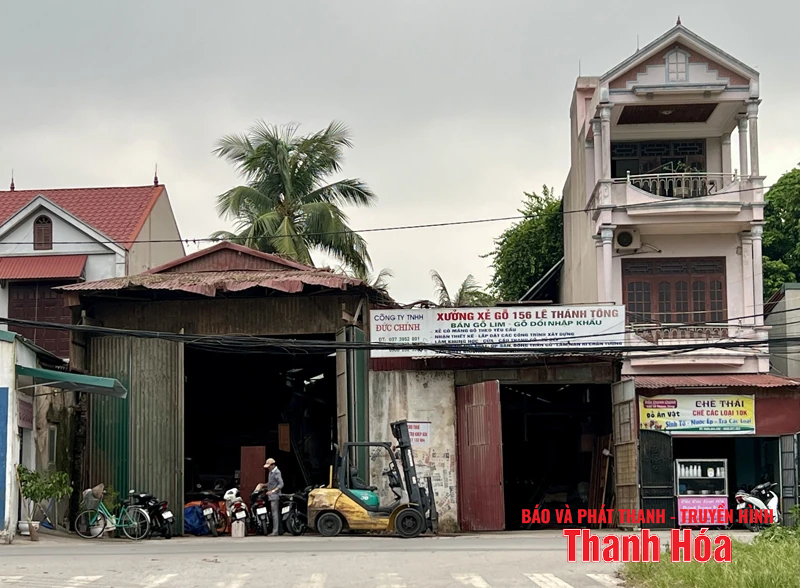

![[Photo] Parade to celebrate the 50th anniversary of Laos' National Day](/_next/image?url=https%3A%2F%2Fvphoto.vietnam.vn%2Fthumb%2F1200x675%2Fvietnam%2Fresource%2FIMAGE%2F2025%2F12%2F02%2F1764691918289_ndo_br_0-jpg.webp&w=3840&q=75)

![[Photo] Worshiping the Tuyet Son statue - a nearly 400-year-old treasure at Keo Pagoda](/_next/image?url=https%3A%2F%2Fvphoto.vietnam.vn%2Fthumb%2F1200x675%2Fvietnam%2Fresource%2FIMAGE%2F2025%2F12%2F02%2F1764679323086_ndo_br_tempimageomw0hi-4884-jpg.webp&w=3840&q=75)




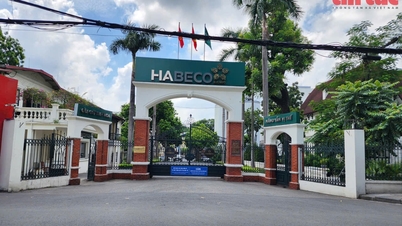




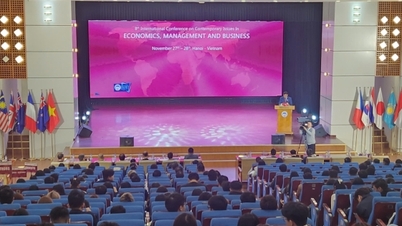

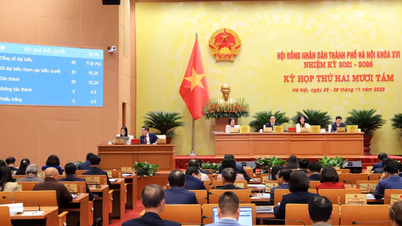


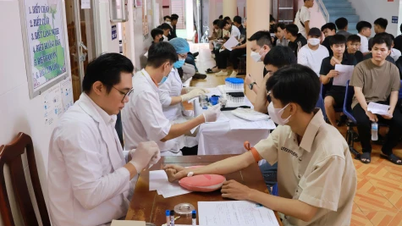



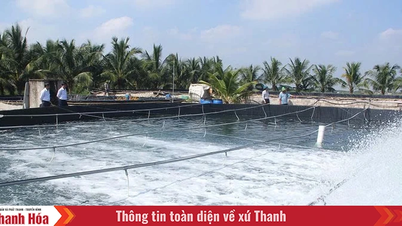
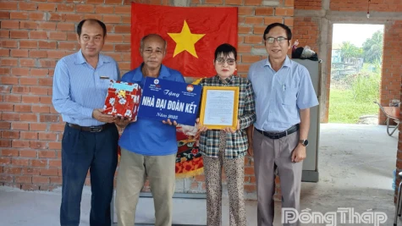





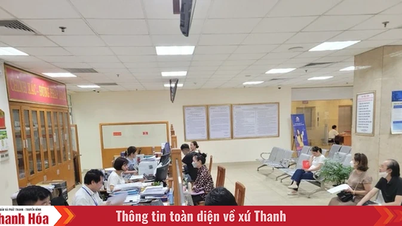




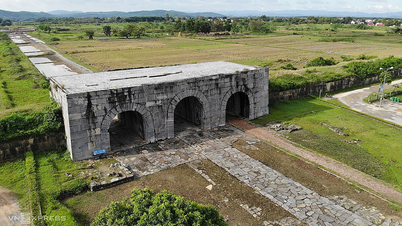






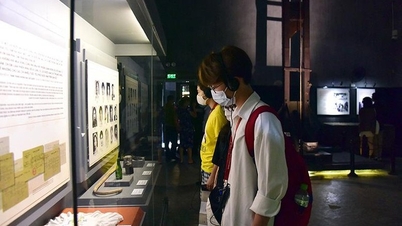
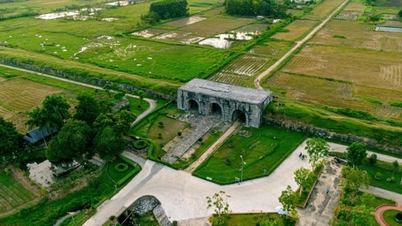













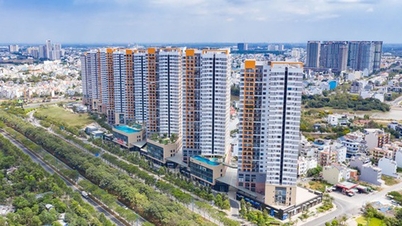




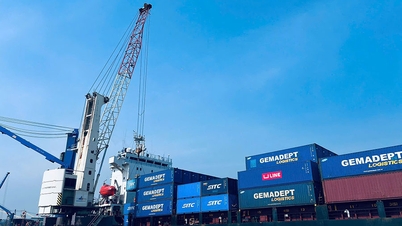












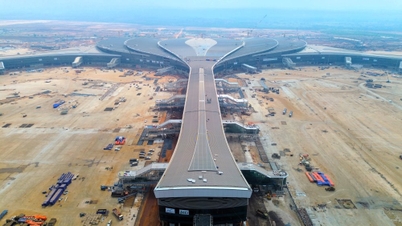




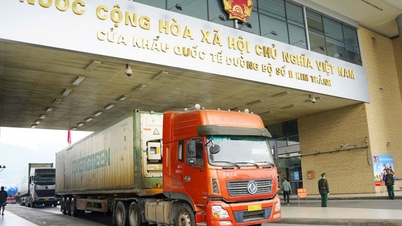



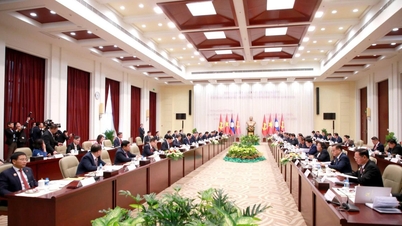

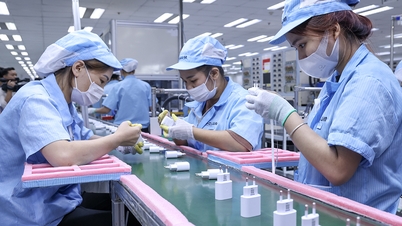




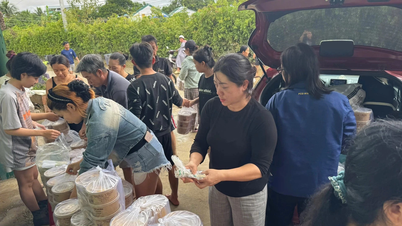













Comment (0)